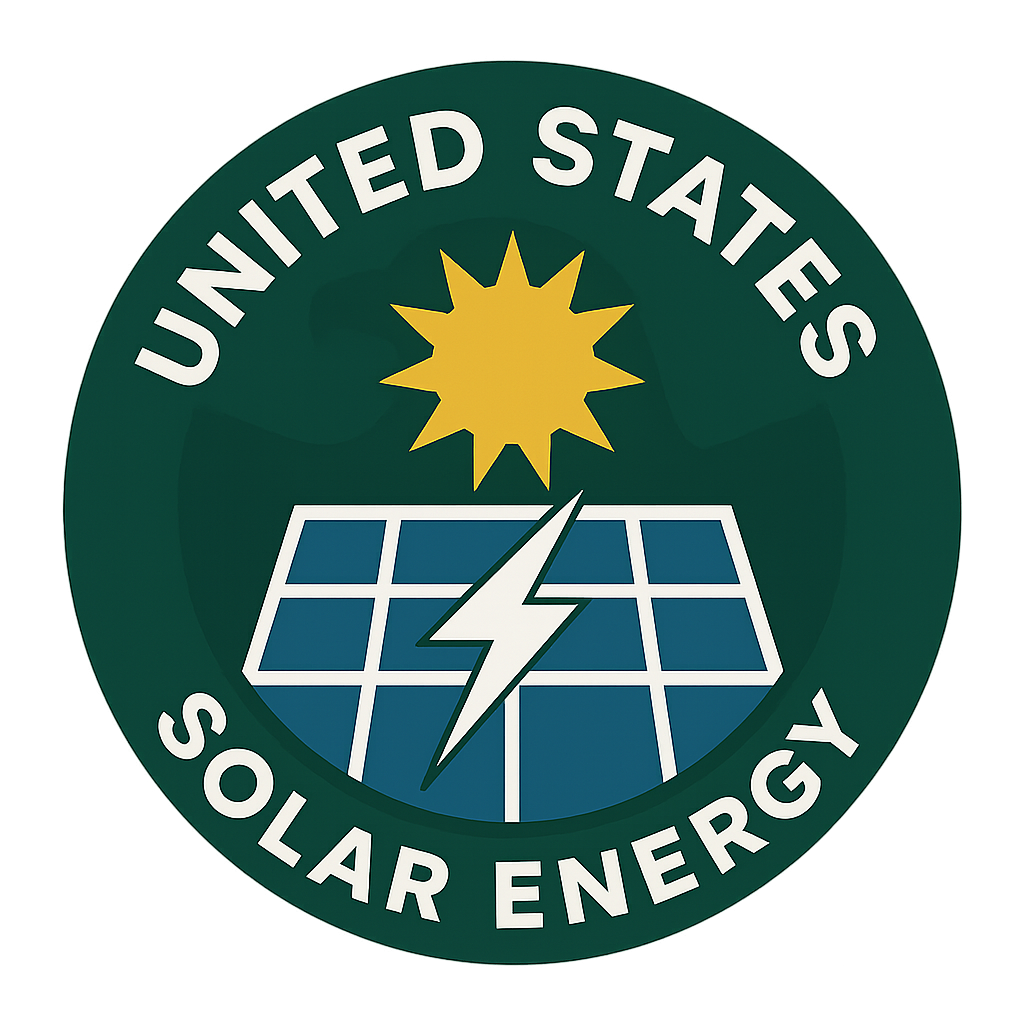Updated: August 3, 2025 · Focus: Solar PPA & Property Sales
Quick take
A solar PPA rarely complicates selling a commercial building—in fact, when transparent and properly disclosed, it enhances value by locking in lower energy cost, providing a transferable operational expense hedge, and offering an income-aligned green premium. This post breaks down the transfer mechanics, the buyer/seller math, and how to structure the PPA so the sale is smooth and the deal sells itself.
1. Why a Solar PPA Is Usually a Selling Advantage
Instead of being a liability, a well-documented PPA can be positioned as a locked-in energy cost reduction, a de-risking instrument for buyers, and an ESG signal that attracts higher-quality tenants or investors. Buyers inherit predictable, below-market power pricing, and the contractual alignment (if transfer provisions are clear) means they get savings immediately. That reduces underwriting friction, supports higher valuation multiples, and can speed deal closing.
2. The Transfer Math (Straightforward, Value-Accretive)
Assume a building uses 1M kWh/year and the existing utility cost is 14¢/kWh. A PPA locked at 10¢/kWh for the remaining 10 years provides an annual savings of:
(14¢ - 10¢) × 1,000,000 = $40,000/year guaranteed energy cost reduction.
A buyer underwriting the acquisition can treat that $40,000 as an effective NOI uplift (after adjusting for contract terms and remaining life). Discounting conservatively (e.g., 8% cap rate), the energy hedge alone adds:
$40,000 / 0.08 = $500,000 to valuation, assuming the buyer values predictable energy savings at market cap rates.
That uplift can cover frictional sale costs, serve as a negotiation lever, and be presented as a bulletproof “locked-in utility hedge” in marketing materials. The PPA becomes a selling point, not a complication.
3. Mechanics of a Smooth PPA Transfer
Clear Assignment Terms
Ensure the PPA includes explicit transfer language allowing assignment to a new owner with minimal consent friction. Pre-approve typical buyer profiles to avoid delay.
Valuation Disclosure
Package the PPA savings math into the offering memorandum: show the locked-in rate, remaining term, and implied valuation uplift so buyers can underwrite quickly and confidently.
Buyer Education
Preempt common concerns by framing the PPA as a hedge/expense reduction, not debt. Provide “transfer cheat sheet” with steps, typical timeline, and counterparties involved.
Closing Integration
Embed the PPA transfer as a standard line-item in the purchase agreement with triggers and disclosures, so title & escrow handle it with minimal custom work.
4. Quick Real-World Examples
Industrial Flex Building Sale
Seller had a PPA with 8 years remaining at 9.5¢/kWh vs market utility of 13¢. Buyer valued the guaranteed $70,000/year cost hedge as a $875,000 valuation premium at a 8% cap. Transfer completed in parallel with sale; marketing packet used the PPA math as a differentiator to close 30 days faster.
Office Campus with ESG Focus
The PPA was framed as a “sustainable energy contract” in the offering materials. The new owner used the locked-in rate to underwrite tenant lease guarantees, reducing tenant churn risk. The building sold at a 5% lower cap rate than comparable assets because of perceived stability from the PPA.
5. FAQ & Seller/Buyer Concerns
A: Only if it's badly documented. With clear assignment language and a transfer packet, it’s a checklist item, not a blocker. Buyers see the locked-in savings as de-risking.
A: No. In standard transfers the PPA continues under existing terms. Consent is typically a formality if pre-approved profiles are used.
A: Use the spread between market utility cost and PPA rate, multiply by expected usage, then capitalize that annual savings at the buyer’s cap rate. That produces the valuation uplift.
A: Many PPAs include early termination or buyout options; those can be modeled into the deal and disclosed up front. Often the buyer retains it because the hedge remains valuable.
Turn Your PPA into a Sales Advantage
Submit your building’s energy profile and PPA terms. USSE will build the transfer math packet showing valuation uplift, ease of assignment, and buyer-facing positioning so you can close faster and price smarter.
*Illustrative. Final buyer valuation and transfer terms depend on contract language, remaining term, and market cap rates.
